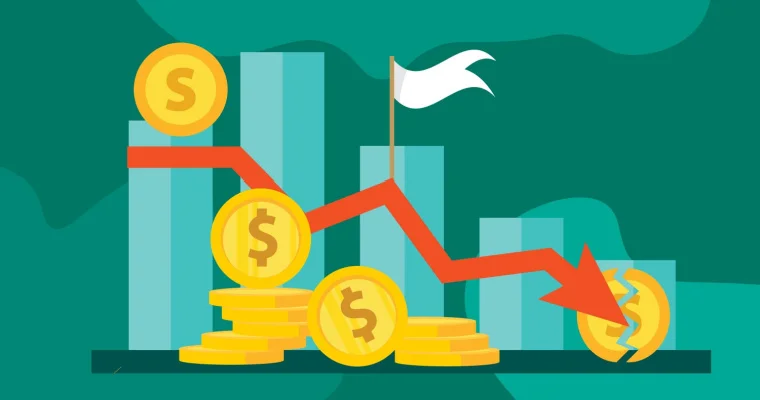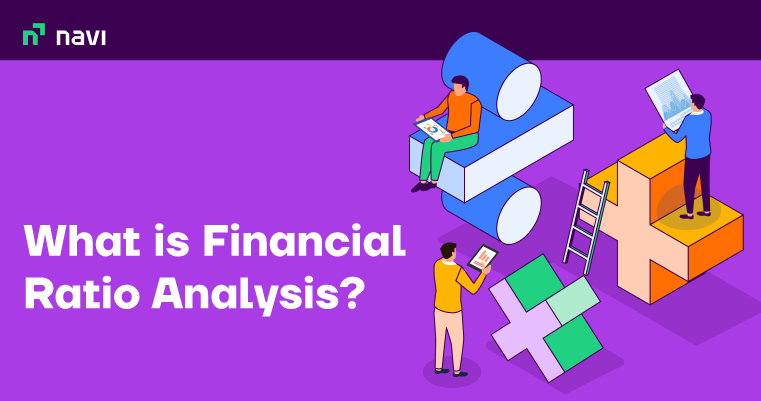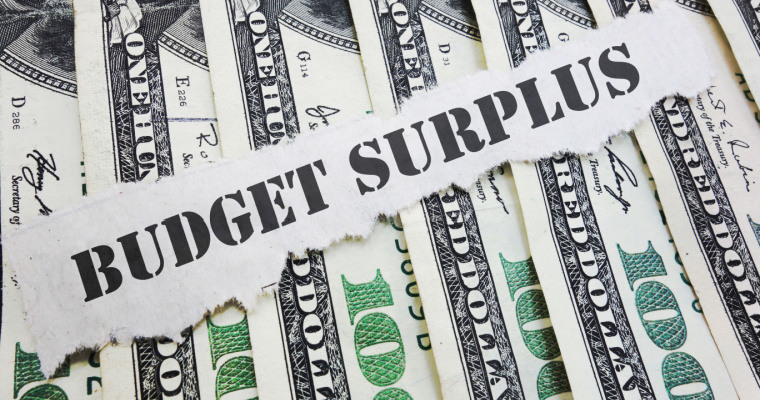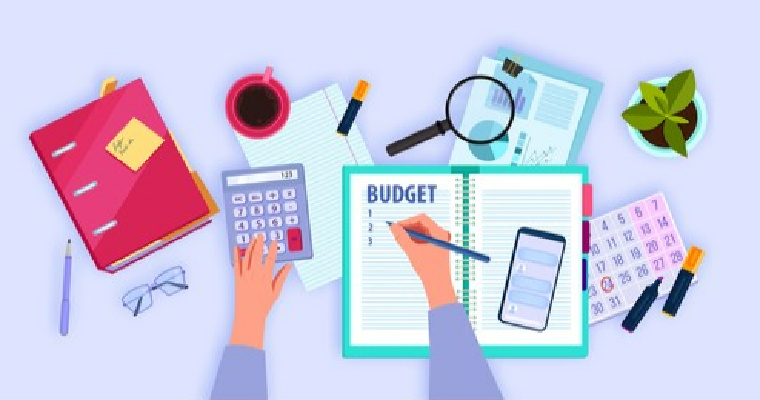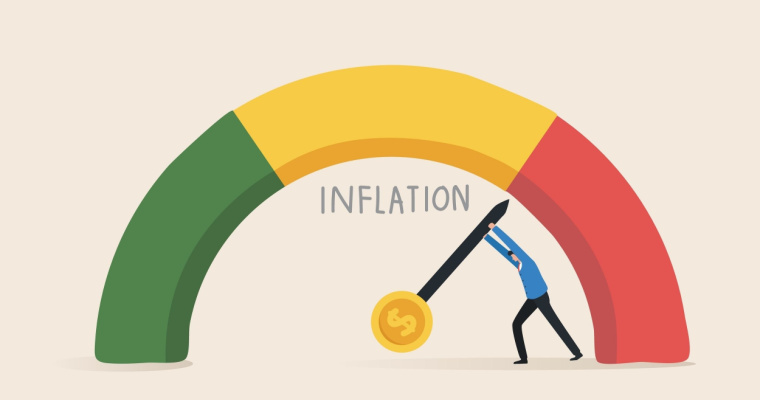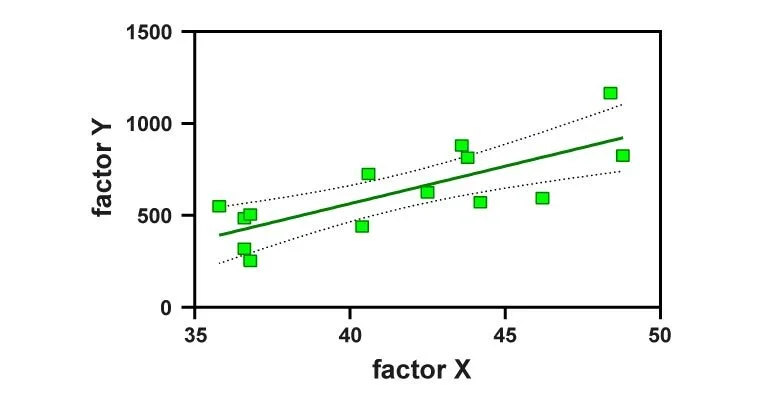What is Subsidy – it’s Importance, Impact, Types and Benefits

A subsidy is traditionally a form of financial assistance provided to businesses or individuals by the government. The objective of a subsidy is to encourage and improve economic activity. Through subsidies, the government makes goods and services available to consumers at reduced prices, thereby improving the state of the economy.
Government subsidies ease the economic burden on individuals and establishments, allowing all parties to exhibit improved market behaviour. This is achieved by reducing the market prices and extending benefits such as improving production, optimising exports and tackling unemployment. Read on to know the types of subsidies and their benefits.
How Do Subsidies Work?
A subsidy can be extended to businesses and consumers in various ways. As a form of financial aid, it allow enterprises to manage their costs more effectively. This leads to a fall in the product’s sale price, reducing the strain on customers. By improving the affordability of goods and services, central and state subsidies promote market activities.
Therefore, a subsidy has a very tangible impact on the economic growth of a sector, state and country.
The meaning of subsidy takes on a different form depending on the sector. For instance, the midday meal programme across government schools in India is a form of subsidy that encourages education among the underprivileged sections of the country. Meanwhile, in the agriculture sector, the government extends benefits such as providing fertilisers at a subsidised rate to reduce the burden on farmers.
What is the Purpose/Importance of a Subsidy?
As discussed earlier, subsidies have a direct impact on the economic development of a country. A government subsidy is launched to improve the affordability of goods and services.
By allowing more consumers access to goods and services, central and state subsidies help bridge the gap between the haves and have-nots. This is particularly important in countries such as India, which have a significant portion of the population below the poverty line.
It is also important to note that a government subsidy comes at high monetary costs for the state. In a government subsidy, the state covers the economic gaps that are caused as a result of the scheme. For instance, when fertilisers are sold to farmers at a price much lower than their actual cost, the government meets the difference in amount.
Due to this, the overall subsidy bill of the Indian government runs into several lakh crores. For instance, for the current 2022-23 fiscal year, the Centre’s total fertiliser subsidy is expected to touch ₹2.15 lakh crore. Similarly, the Indian government’s food subsidy bill is likely to hit ₹3.94 lakh crore this fiscal year.
What are the Types of Subsidies
Subsidies do not follow a one size fits all approach. Depending on who it is serving, subsidies take on different forms.
Broadly, there are two types of subsidies:
1. Direct Subsidy
In a direct subsidy, funds are paid from one party to another. This could be the government or other financial powers providing monetary assistance to an individual, community or organisation.
2. Indirect Subsidy
In the case of indirect subsidies, there is no payment made or monetary transfers conducted. Instead of cash, subsidies are provided as tax benefits or reductions in the prices of goods or services. Concessions such as those mentioned above lead to increased savings for the concerned parties.
Government subsidies, which are the most prominent form of subsidies, are also of various types. Here are some forms of government subsidies that are commonly used to improve the socio-economic growth of a country:
1. Production Subsidy
As the name suggests, a production subsidy allows companies to reduce the cost of production. Companies can increase the production value by cutting down the extent of their losses and investment. Thanks to this, the products can be made available to customers at a lower rate than the previous price, improving affordability.
2. Consumer Subsidy
Consumer subsidies are schemes that reduce the cost of goods and services. In most cases, consumer subsidies are attached to items under the ambit of basic needs. In India, for instance, the central government provides free ration under the Pradhan Mantri Garib Kalyan Anna Yojana (PM-GKAY).
3. Tax Subsidy
Under this form of subsidy, parties are offered a tax rebate and other benefits. This, in no small part, reduces the burden on business owners and allows them to improve their production and extend their services and products at a lower cost.
4. Export and Import Subsidy
Export and import subsidies are another form of financial aid focussed on trade. Under export subsidies, the government grants special incentives on exported products to promote trade activities. This, in turn, improves the economy of the country.
Similarly, import subsidies are benefits extended to items being imported. Thanks to these incentives, importers are able to lower the cost at which products are brought into the country. This affects the price at which items are sold, improving affordability.
Also Read
5. Subsidies Based on Industry
Most subsidies are also tailored to suit the demands of the sector they are aimed at. These industry-specific subsidies cover areas such as transport, education and health.
For instance, transport subsidies are offered by countries worldwide, including India. This is often extended by making public transport available at nominal rates to the general public.
Meanwhile, the agriculture sector is another area that sees subsidies backed by the government. Most of these are input subsidies, it reduces the initial input costs of the farmers and business owners. In India, the government offers farmers a range of input subsidies that reduces the cost of entities such as seeds, fertilisers, power supply and irrigation facilities.
Healthcare and education are also other areas that fetch subsidies from the government to uplift certain sections of society.
6. Employment Subsidy
These are schemes designed to tackle unemployment. To do so, the government designs incentives for organisations to enable companies to extend more job opportunities. These schemes can take the form of subsidised real estate rates or lower initial investment costs of setting up a company.
What are the Different Subsidy Schemes Launched by the Government?
The Indian Government offers a range of subsidies at the central and state levels. While the central subsidies will apply across the country, state subsidies are limited to the state concerned.
Here are some of the subsidy schemes provided by the government of India.
| Subsidy Name | Ministry | Description |
| Prime Minister Employment Generation programme (PMEGP) | Ministry of MSME, Govt. of India | Credit-linked subsidy programme to improve job opportunities. |
| Marketing Assistance Scheme by NSIC | Ministry of MSME, Govt. of India | Marketing assistance for organisation and sale of products at international and national exhibitions and trade fairs |
| Integrated Development of Leather Sector (IDLS) Scheme | Ministry of Textiles, Government of India (GoI) | Investment grant for expansion and growth of the leather industry |
| ISO 9000/ISO 14001 Certification Reimbursement Scheme | Ministry of MSME, GoI | 75% reimbursement of charges for acquiring ISO certification |
| Credit Linked Capital Subsidy Scheme for Technology Upgradation (CLCSS) | Ministry of Micro, Small & Medium Enterprises (MSME), GoI | Grants 15% subsidy [ceiling of 15 lakh] for improved technology |
| Technology & Quality Upgradation Support for MSMEs | Ministry of MSME, GoI | Provide aid up to 25% project cost to setup Energy Efficient Technologies |
| Government Subsidy for Small Business for Cold Chain | Ministry of Food Processing Industries,GoI | Investment grant to set up integrated cold chain and preservation infrastructure |
| Extension of financial assistance for coir units in the brown fibre sector | Ministry of MSME, GoI | Financial aid to coir units |
| Solar Energy Scheme for Power looms | Ministry of Textiles (MoT), GoI | Financial aid or capital subsidy for installation of solar devices in small power loom units |
| Integrated Processing Development Scheme (IPDS) | Ministry of Textiles (MoT), GoI | To address issues of non-availability of water and environmental pollution. It aims to achieve regular supply of water, safe wastewater management techniques |
What are the Benefits of the Subsidy?
Through subsidies, essential goods and services such as food, education and healthcare are made available to those who may not be able to pay the competitive prices that govern the market. The benefits of subsidies are multi-folded. Here are some of them:
1. Reduces Cost and Inflation
On top of the list is the reduction in prices. By reducing costs, subsidies help keep inflation in check and ensure the optimal function of the market. Reducing commodities’ prices also allows essentials to reach a larger population.
2. Promotes Business
Further, subsidies also prevent businesses from going bankrupt by reducing production costs and encouraging the sale of goods and services. Subsidies not only allow traditional sectors such as agriculture to flourish but also encourages the advancement of new areas of research and development.
3. Encourages Production and Supply
By providing incentives and tax benefits to business owners, subsidies encourage production and ensure a constant flow of demand and supply.
4. Socio-economic Development
In addition to the economic growth of the country and the smooth functioning of the market, subsidies also promote the community’s social welfare by catering to areas such as health and education, among others.
Final Word
Subsidies are special incentives provided to individuals or businesses to reduce their economic and market-specific burdens. Government subsidies cater to a range of sectors and are designed keeping in mind the stakeholders involved and the requirements of the consumers. Subsidies – directly or indirectly – offer financial incentives to industries or individuals. This economic aid helps to reduce the prices of production and manufacturing, leading to a fall in the investment or production cost of business. Not only do subsidies complement a country’s economic policies, but they also work to improve the socio-economic conditions of the population.
FAQs
Ans: Certain disadvantages are associated with subsidies, such as higher taxes being levied by the government to fund the schemes. A fall in prices can also lead to a shortage of supply of goods due to increasing demand.
Ans: Yes, a subsidy is available for home loans under Pradhan Mantri Awas Yojana’s Credit Linked Subsidy Scheme. However, a PMAY Home Loan is not offered to anyone with an annual income of more than Rs.18 lakh.
Ans: Subsidies to farmers aid the purchase of seeds, power supply and irrigation costs at a discounted price.
Ans: Citizens can enrol in the NREGA scheme in rural areas of the country. The scheme grants them 100 days of guaranteed employment.
Ans: Tax subsidy involves schemes that provide incentives to businesses by offering them tax rebates or reduced tax rates.

Customer’s Feedback
No comments found.What is Primary Deficit? – Example, Formula & Measures
What is a Primary Deficit? Primary Deficit is the difference between the current year’s fiscal... Read More »What is Financial Ratio Analysis? – Objectives, Types and Uses
Ratio analysis is a process that allows people to assess the financial health of a company. Using t... Read More »Treasury Management – Its Functions, Types and Benefits
Even the most well-funded business can run into huge losses if it does not have the resources to fu... Read More »How Anti Money Laundering Combats Financial Crime?
Anti Money Laundering (AML) is a system of rules, laws, regulations, and procedures that financial ... Read More »What is Salvage Value and Why is it Useful?
Salvage value, also called scrap value, is the value of a specific asset after its useful life. In ... Read More »Key Difference Between Factoring and Forfaiting in Trade Finance
Factoring and forfaiting have grown in prominence as major sources of export financing. For the uni... Read More »What is Factoring and its Importance in Financial Management?
Factoring is a practice in which a company buys the accounts receivable of another company at a dis... Read More »What is Budget Surplus: Its Effects, Advantages and Impact with Examples
When the revenue of a government, business, or individual exceeds its expenses in a given period, i... Read More »What is Balanced Budget – Components, Importance and Examples
In financial planning or the budgeting process, a balanced budget is one in which total anticipated... Read More »What Does Inflationary Gap Mean in Macroeconomics?
In macroeconomics, the difference between current and potential GDP is known as a gap. This gap is ... Read More »What is Accounting Conservatism in Finance and How Does it Work?
Accounting conservatism involves a conservative set of accounting guidelines wherein the worst-case... Read More »Multiple Linear Regression (MLP) – Uses, Formula and Examples
Various statistical models help in establishing a relationship between different variables. Multipl... Read More »Top 10 Chit Fund Schemes in India in 2023
Chit funds are one of the most popular return-generating saving schemes in India. It is a financial... Read More »10 Best Gold ETFs in India to Invest in April 2023
Gold ETFs or Gold Exchange Traded Funds are passively managed funds that track the price of physica... Read More »10 Best Demat Accounts in India for Beginners in 2023
Creation of Demat accounts revolutionised the way trades were conducted at the stock exchanges. It... Read More »20 Best Index Funds to Invest in India in April 2023
What is an Index Fund? An index fund is a type of mutual fund or exchange-traded fund (ETF) that... Read More »Best Arbitrage Mutual Funds to Invest in India in April 2023
Arbitrage funds are hybrid mutual fund schemes that aim to make low-risk profits by buying and sell... Read More »10 Best SIP Plans in India to Invest in April 2023
What is SIP? SIP or Systematic Investment Plan is a method of investing a fixed amount in ... Read More »10 Best Corporate Bond Funds in India to Invest in April 2023
Corporate bond funds are debt funds that invest at least 80% of the investment corpus in companies ... Read More »10 Best Bank for Savings Account in India [Highest Interest Rate 2023]
Savings account is a type of financial instrument offered by several banks. It lets you safely depo... Read More »


